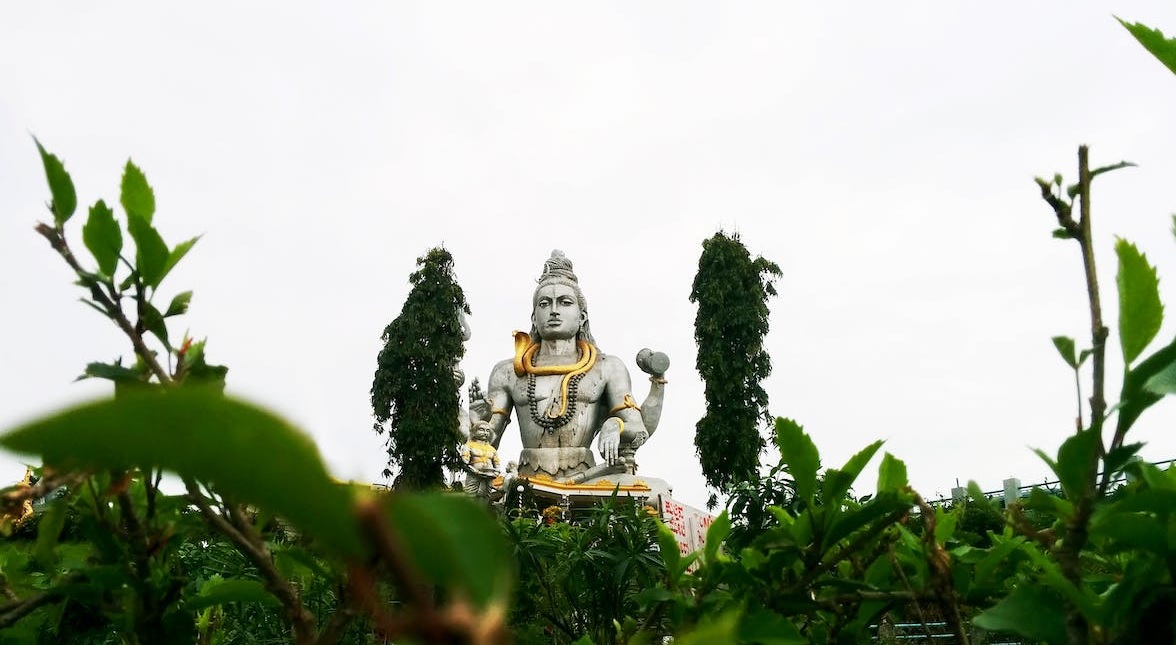Nag Panchami: Celebrating the Serpent Deities
Introduction:
Nag Panchami, a traditional Hindu festival, holds a special place in the hearts of millions as they pay homage to the serpent deities or Nagas. Celebrated on the fifth day of the bright half of the lunar month of Shravana, this festival carries cultural, religious, and ecological significance. This essay explores the origins, rituals, beliefs, and contemporary relevance of Nag Panchami.
Historical and Mythological Origins:
- Ancient Worship: The worship of snakes has ancient origins, dating back to Vedic times when snakes were revered as powerful and divine beings.
- Legend of Lord Krishna: The story of Lord Krishna subduing the serpent Kaliya in the Yamuna River is often associated with Nag Panchami, emphasizing the triumph of good over evil.
- Agrarian Importance: Nag Panchami also coincides with the time when snakes emerge from their burrows due to the monsoon rains, and farmers consider them helpful for pest control.
Rituals and Celebrations:
- Naga Temples and Shrines: Devotees visit temples dedicated to snake deities, offering milk, flowers, and incense to seek blessings and protection from snake-related dangers.
- Snake Idols and Images: In homes, snake idols made of clay, silver, or other materials are worshipped, often placed near ant hills or burrows.
- Offerings and Pujas: Special pujas (rituals) are conducted to honor the serpent deities, seeking their protection for family members and livestock.
- Fasting and Prayers: Some observe fasts on Nag Panchami, expressing devotion and gratitude to the serpent deities.
Cultural and Religious Significance:
- Harmony with Nature: Nag Panchami reflects the cultural belief in living in harmony with nature and recognizing the role of animals in maintaining ecological balance.
- Symbolism: Snakes are symbols of power, protection, and transformation in Hindu mythology, embodying both the creative and destructive aspects of existence.
- Family Bonding: Nag Panchami brings families together for worship and celebrations, fostering a sense of unity and cultural continuity.
Contemporary Relevance:
- Religious Identity: Nag Panchami remains an integral part of the Hindu religious calendar, preserving cultural identity and traditions.
- Eco-Friendly Practices: As awareness of environmental conservation grows, efforts are made to use eco-friendly materials for creating snake idols and reducing the use of harmful substances.
- Tourism and Economy: Nag Panchami draws pilgrims and tourists to various temples and regions, contributing to local economies and tourism.
- Social and Religious Harmony: The festival transcends religious boundaries, with people from different faiths participating in the celebrations, promoting social harmony.
Educational Awareness:
- Anti-Snakebite Campaigns: Nag Panchami serves as an opportunity to raise awareness about snakebite prevention and first aid, as India witnesses a high number of snakebite cases.
- Mythological Education: The festival allows for the transmission of mythological stories and cultural values to younger generations.
Challenges and Ethical Considerations:
- Animal Exploitation: In some regions, live snakes are displayed for public viewing during Nag Panchami, raising concerns about the ethical treatment of animals.
- Conservation Concerns: While snakes play a crucial role in ecosystems, the capture and display of live snakes can negatively impact their populations.
Conclusion:
Nag Panchami, a celebration of reverence and gratitude towards serpent deities, reflects the intricate tapestry of India’s cultural and religious landscape. It embodies the ancient practice of recognizing the sacredness of nature’s creatures while offering a contemporary platform for environmental consciousness. As society evolves, striking a balance between tradition, ecology, and ethical considerations becomes paramount. Through education, awareness, and responsible practices, Nag Panchami can continue to shine as a beacon of cultural heritage while aligning with the principles of conservation and coexistence.

